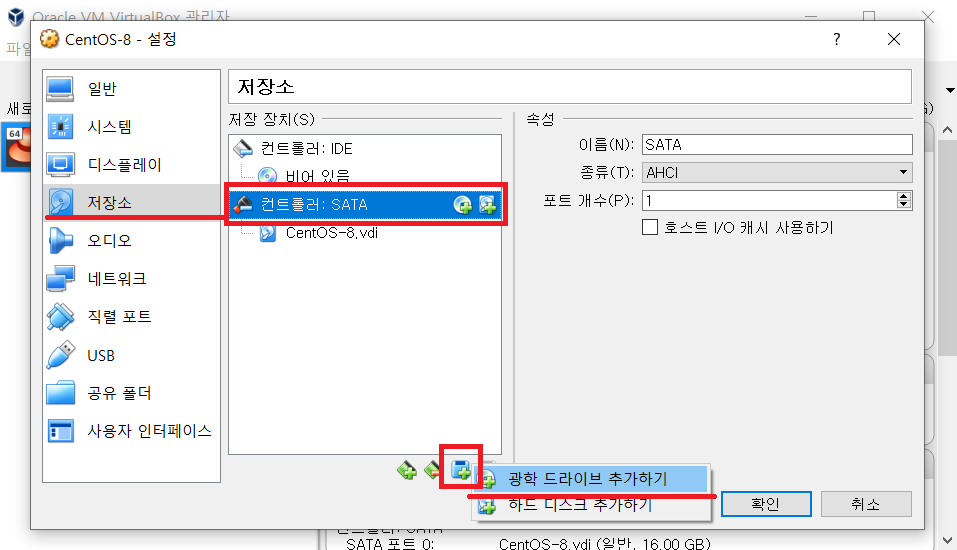

First Start the Debian guest virtual machine in the VM VirtualBox Manager. Mainly two steps involved – attached ISO image to the Optical CD drive and then mount to the guest OS to install.ġ. This file comes along with VirtualBox and is supported for almost all guests. VirtualBox Guest Additions comes as an Image ISO file named VBoxGuestAdditions.iso. In this tutorial, we learn how to install VirtualBox Guest Additions on Debian 11 guests. It provides functionalities such as a shared clipboard, Drag & Drop, enables 3D acceleration support, and more. Install VirtualBox Extension Pack on VirtualBox 6.VirtualBox Guest Additions is a set of drivers and applications to improve the performance of the guest operating system on the VirtualBox. Install and Configure Endian Firewall on VirtualBox Install VirtualBox Guest Additions on Debian 10 Buster Related TutorialsĪutoStart VirtualBox VMs on System Boot on Linux You have successfully set the CentOS 8 full-screen display on VirtualBox. When the system boots, you should be on full-screen view.Ĭongratulations. Once the installation completes, reboot the system to effect the changes. While mounting the guest additions image, you are prompted whether to automatically run the installation.Ĭlick run and authenticate so as to run the installer with administrative privileges (If you are logged in as non-root user). Install Guest Additions via the GUIĬlick Devices > Insert Guest Additions CD image on the Menu bar to mount the VirtualBox guest addition iso file on a CentOS 8 VM.


Hence, navigate to the mount directory and execute the Linux guest addition installer cd /run/media/. This will mount the guest addition installers under the /run/media/ directory. To install VirtualBox guest additions via the terminal, you need to mount the guest additions image file by executing the command sudo mount /dev/cdrom /run/media/ VirtualBox guest additions can be installed via the command line or via GUI Install Guest Additions via the Terminal Now, proceed to install guest additions on CentOS 8. Next, reboot the system and verify the kernel versions again. If they do not match, update your kernel by running dnf update kernel-* You can verify by running the commands below. Next, install the kernel headers and build tools by executing the command below dnf install dkms kernel-devel kernel-headers gcc make bzip2 perl elfutils-libelf-develīefore you can proceed, ensure that the version of kernel-devel installed does match the version of your running kernel. Some of the required tools are available on the EPEL repos, hence begin by installing the EPEL repos on CentOS 8 dnf install epel-release

Install Kernel Headers and Required Build ToolsĪfter mounting ISO file, be sure to install the kernel headers and required build tools.


 0 kommentar(er)
0 kommentar(er)
